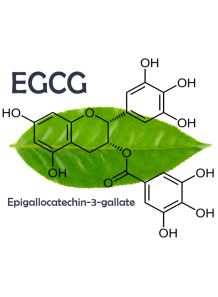Micromul™ EGCG (Microemulsion Epigallocatechin Gallate)
Cosmetics
Code: 33926
EGCG is in microemulsion form. which can be dissolved in water directly and is highly effective in absorbing into the skin
Cart
No products
Subtotal:
0.00
Total
0.00
THB



